Excessive air leakage or air infiltration from your home can cause uncomfortable rooms and inflated utility bills. Here are 6 simple tests that homeowners can use to evaluate to if air leakage is severe enough to require air sealing and insulation. The 7th line item describes a test that a professional Energy Auditor can perform to give you quantifiable results on the extent of the problem and pinpoint the areas that require repairs.
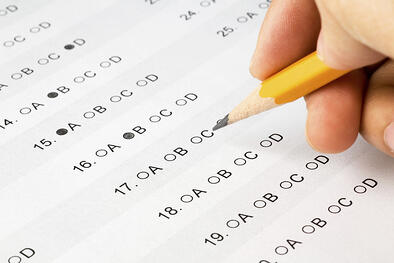
1. Age Test
How old is your home? If your home was built before 1980 and the insulation has not been upgraded or added to, you will benefit from additional insulation and advancements in insulation technology.
2. Comfort Test
Are you comfortable in your home? Are you forced to bundle up in the winter, even when the heat is turned up? In the summer, is your home still too hot with the AC on and the electric meter spinning? If so, improper insulation levels and air leakage are allowing your utility dollars to go right out of the home.
3. Smoke Pencil Test
To pinpoint the location of air infiltration, use the Smoke Pencil Test. First, depressurize your home by closing all the windows and doors and turning on all the exhaust fans and clothes dryer. Next, using a lit incense or smoke pencil, check for air leakage in areas such as around exterior doors, windows, electrical outlets, recessed lights and door and window trim. The faster the smokes blows away, the greater the air leakage problem. When repaired, the results can be dramatic.
4. Paper Test
Slide a piece of paper in between exterior door jambs and around closed windows. If the paper can fit in any gaps or creases, you can be sure that your heated and cooled air can escape just as readily.
5. Flashlight Test
Use this test at night to locate gaps around exterior doors and windows. Shine the light at closed door jams, windows and other suspect areas. If the light is visible on the inside of your home, you have successfully identified another problem location.
6. Dirt Test
If you see an accumulation of dirt on the surface of your insulation (rim joist pockets in the basement and top plates in the attic), this is indicative of air leakage. The insulation works as a filter to trap airborne dust as the air flows in and out of the home. Similarly, air leakage around exterior wall and floor joists will cause dirt to accumulate in your carpeting near the baseboards, resulting in visible dark colored streaks. These dust tracks are a common and clear sign of air loss/gain and inefficiency.
7. Blower Door Test
A Blower Door Infiltrometer Test must be conducted by a professional Energy Auditor. The readings taken from advanced equipment will determine the overall extent of air leakage in the home. The Auditor can then offer specific air sealing and insulation recommendations that can be undertaken to reduce air infiltration and make the home more efficient and comfortable. Once corrective actions are taken, the test should be repeated to demonstrate the effectiveness of the repairs.
Would you like a Windows on Washington insulation specialist to come to your home to identify areas of air leakage? Click here and one of our experts will be in touch.
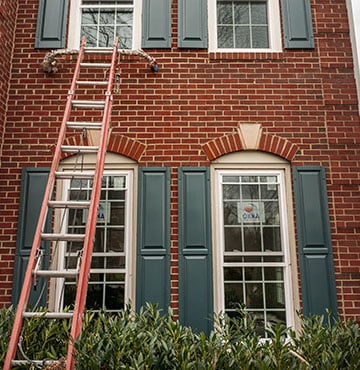


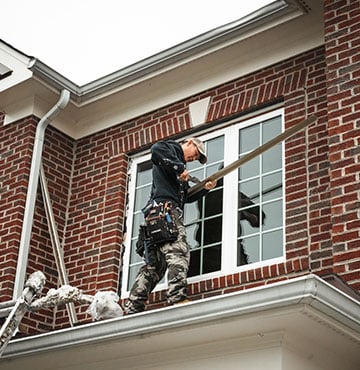




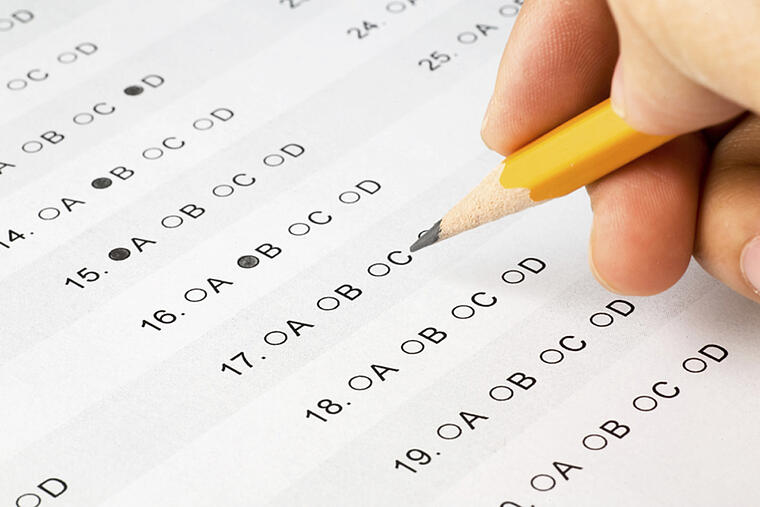



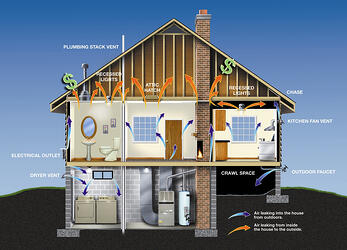


%20(720%20%C3%97%20510%20px)%20(500%20%C3%97%20500%20px)%20(300%20%C3%97%20300%20px)%20(400%20%C3%97%20400%20px)%20(700%20%C3%97%20700%20px)%20(480%20x%20550%20px).png?width=480&height=550&name=Untitled%20(860%20%C3%97%20860%20px)%20(720%20%C3%97%20510%20px)%20(500%20%C3%97%20500%20px)%20(300%20%C3%97%20300%20px)%20(400%20%C3%97%20400%20px)%20(700%20%C3%97%20700%20px)%20(480%20x%20550%20px).png)

Comments